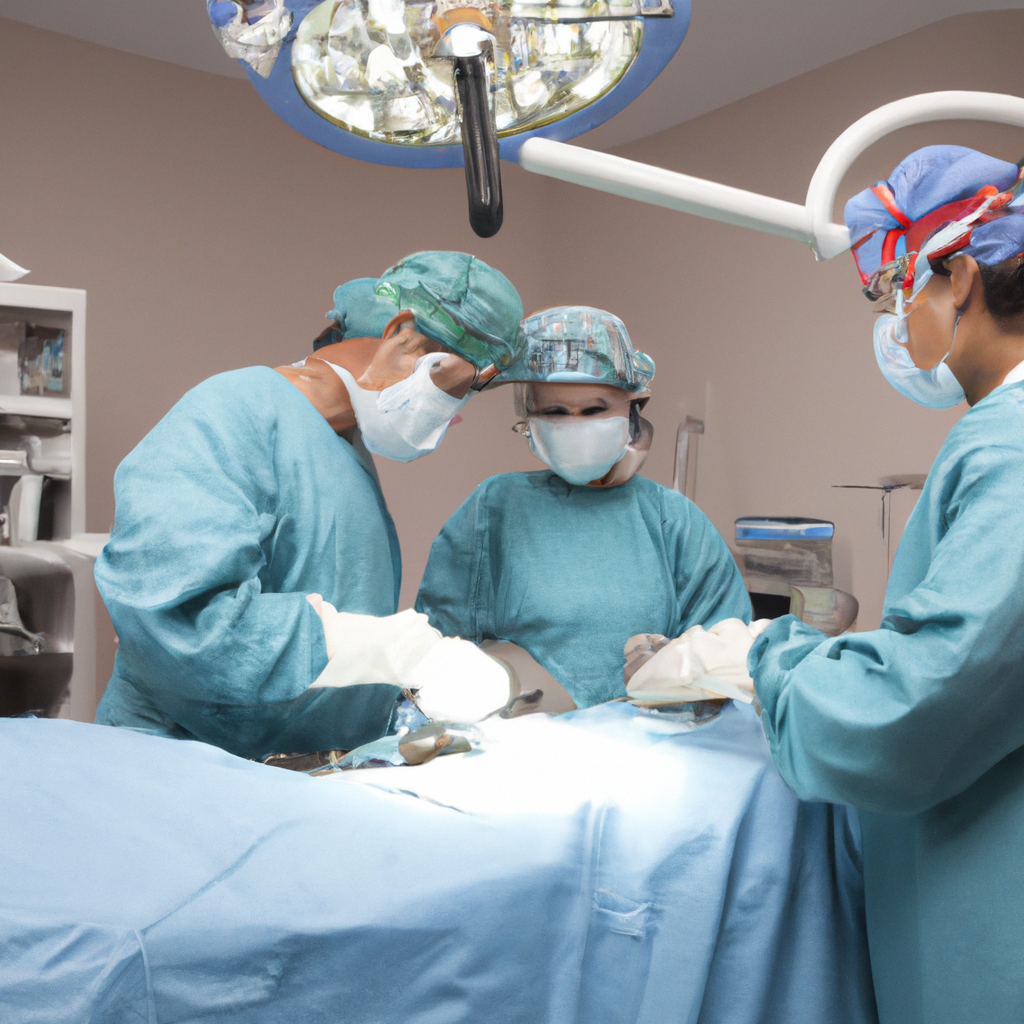Adult Circumcision: Considerations, Benefits, and Procedure Overview
Adult circumcision is a surgical procedure that involves the removal of the foreskin, the retractable fold of skin covering the head of the penis. It is a decision that should be made after careful consideration of personal preferences, cultural factors, and medical indications. Understanding the potential benefits and the procedure itself is essential for individuals considering adult circumcision.
What is Adult Circumcision?
Adult circumcision refers to the surgical removal of the foreskin in individuals who have reached adulthood. The procedure can be performed for various reasons, including personal choice, cultural or religious beliefs, and medical indications.
Considerations for Adult Circumcision
Personal choice and cultural factors: Adult circumcision may be a personal choice influenced by cultural or religious factors. Some individuals may choose to undergo the procedure for religious or cultural reasons, as it holds significance in certain communities or faiths. It is important to respect and understand these cultural factors when considering adult circumcision.
Medical indications: Apart from personal or cultural reasons, adult circumcision may be recommended for medical purposes. Certain medical conditions such as phimosis (a condition where the foreskin is too tight and causes discomfort or difficulty retracting), recurrent balanitis (inflammation of the foreskin and head of the penis), or chronic urinary tract infections may necessitate adult circumcision. Consulting with a healthcare professional is crucial to determine if adult circumcision is medically indicated.
Benefits of Adult Circumcision
Improved hygiene: One of the primary reasons individuals choose adult circumcision is improved hygiene. Without the foreskin, it becomes easier to maintain cleanliness and reduce the buildup of smegma, a natural substance that can accumulate under the foreskin.
Reduced risk of certain infections: Adult circumcision has been associated with a reduced risk of certain infections, such as urinary tract infections and sexually transmitted infections (STIs) like HIV/AIDS. While the risk reduction varies, studies have suggested that circumcision may provide some level of protection against these infections.
Lower incidence of genital problems: Adult circumcision may also reduce the risk of certain genital problems, including balanitis, phimosis, and paraphimosis. By removing the foreskin, these conditions, which can cause discomfort and complications, are less likely to occur.
Potential reduction in the risk of sexually transmitted infections (STIs): Studies have indicated that adult circumcision may offer some protection against the transmission of STIs, including HIV/AIDS. However, it is important to note that circumcision does not eliminate the risk entirely, and safe sexual practices should still be followed to prevent the transmission of STIs.
Enhanced sexual sensitivity: While there are differing opinions regarding the impact of circumcision on sexual sensitivity, some men report enhanced sexual sensitivity after the procedure. The removal of the foreskin may expose the glans, potentially leading to increased sensitivity during sexual activity.
Procedure Overview
If an individual decides to undergo adult circumcision, understanding the procedure and what to expect is crucial. The process typically involves the following steps:
Pre-operative consultation: Before the procedure, a thorough consultation with a healthcare professional is essential. This includes discussing personal reasons for circumcision, medical history, potential risks and complications, and expectations regarding the outcome.
Anesthesia options: Adult circumcision can be performed under different types of anesthesia, including local anesthesia, regional anesthesia, or general anesthesia. The choice of anesthesia depends on various factors such as personal preference, the complexity of the procedure, and the healthcare professional’s recommendation.
Surgical techniques: Several surgical techniques can be employed for adult circumcision. These techniques include the conventional surgical method, the use of a Plastibell device, or the use of a device called a Gomco clamp. The healthcare professional will determine the most appropriate technique based on individual circumstances.
Post-operative care and recovery: Following the procedure, proper post-operative care and hygiene practices are essential for a smooth recovery. This includes keeping the surgical area clean, using prescribed medications as instructed, and avoiding activities that may strain or irritate the healing site. It is important to follow the healthcare professional’s advice for a successful recovery.
Conclusion
Adult circumcision is a personal decision that involves careful consideration of personal, cultural, and medical factors. It offers potential benefits such as improved hygiene, reduced risk of infections, and lower incidence of certain genital problems. Understanding the procedure, its potential benefits, and risks is crucial for individuals contemplating adult circumcision. Consulting with a healthcare professional is essential to make an informed decision and ensure proper care before, during, and after the procedure.

